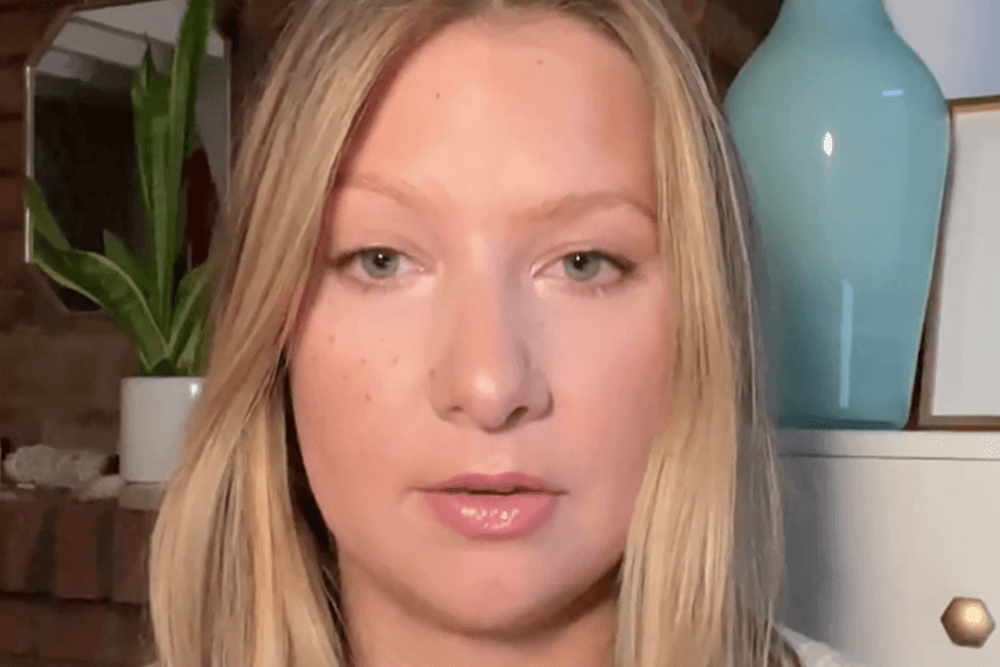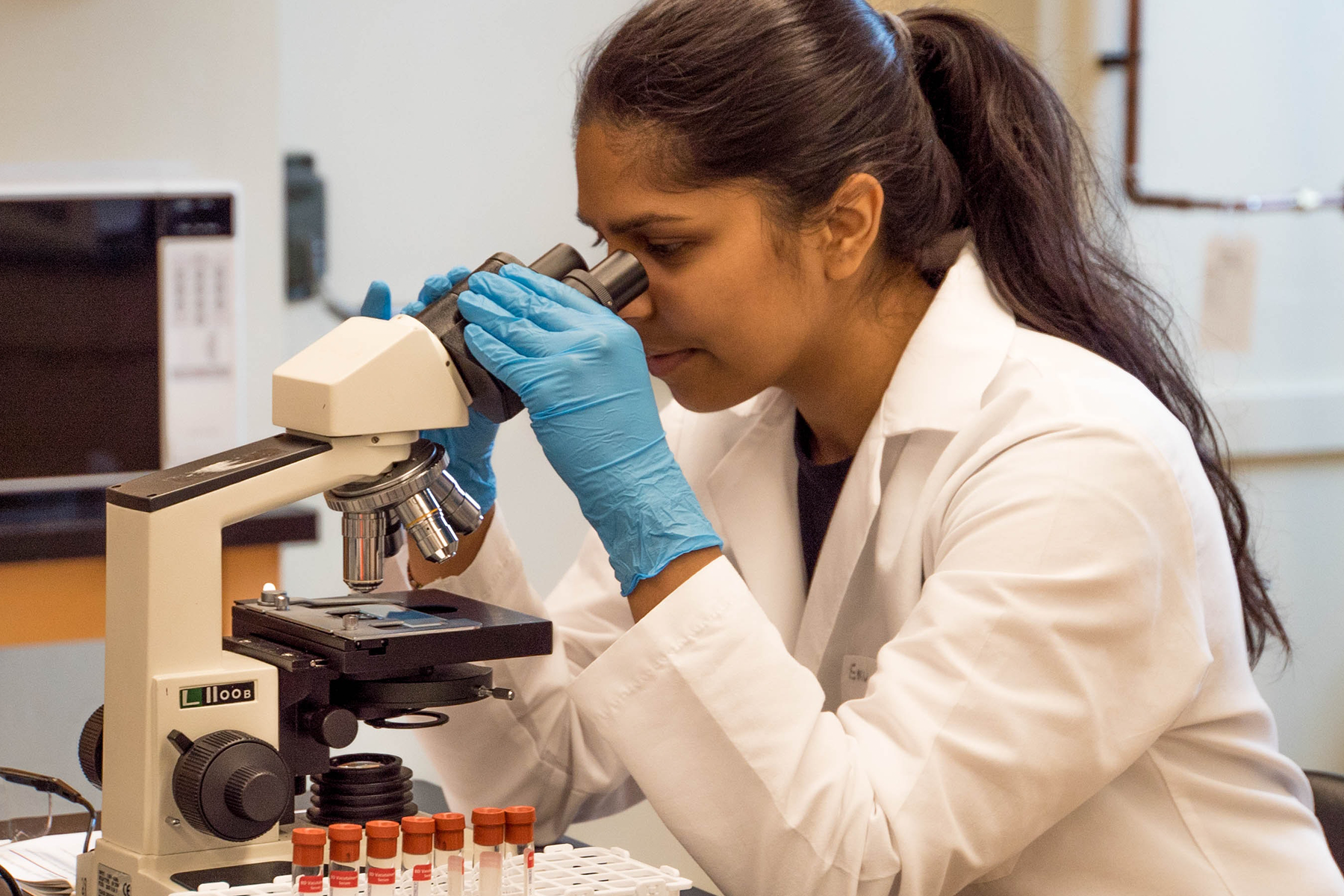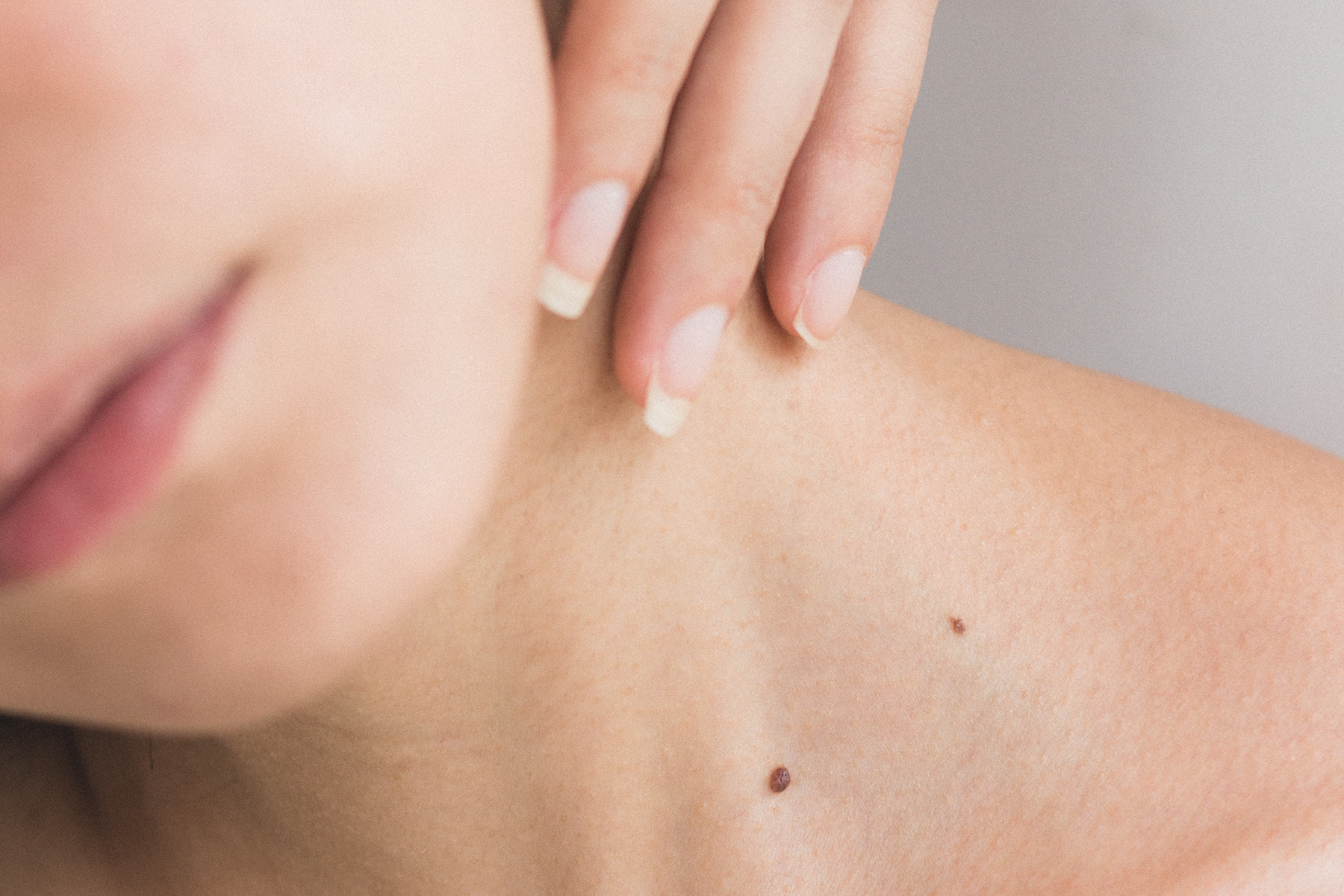The+Source
May is Skin Cancer Awareness Month, but at Dr. Dennis Gross Skincare we’re focused on skin cancer prevention year-round. After all, not only were we founded by a doctor (so we’re already predisposed to care about people’s health and wellbeing), but Dr. Gross is a dermatologist who got his start as a skin cancer researcher at New York City’s Memorial Sloan Kettering Cancer Center – to say skin cancer prevention is a cause close to his heart is an understatement.
As part of our ongoing effort to spread education and awareness around melanoma, we’re launching a new video series featuring survivors of what’s generally considered the deadliest form of skin cancer. But first, for those of you who may be unfamiliar, some background on exactly what melanoma is and why you should be vigilant about skin self-exams.
Melanoma: what to know
Melanoma is so lethal because unlike the other varieties of skin cancer, it has the ability to spread from the skin to other parts of the body. However, it’s also among the most treatable types of cancer – especially when caught early. In fact, in the United States the five-year survival rate for patients whose melanoma is diagnosed in its beginning stages is 99 percent. Since early detection is obviously key, regularly monitoring your skin for changes is essential – even if you’ve never set foot in a tanning bed and apply your daily SPF 30 with religious fervor.
That’s because even the most fastidious sunscreen user may still develop melanoma, especially if they have a genetic history of melanoma, multiple atypical moles, or a weakened immune system, among other factors. But everyone should give themselves a full-body once-over each month to identify moles that may have changed in size, shape, or color and anything else that looks weird or different. (The American Academy of Dermatology has a helpful step-by-step guide to performing a skin self-exam on its website.)
But as much talk as there is about the mole-melanoma connection, only 20 to 30 percent of melanoma cases develop in existing moles, according to the Skin Cancer Foundation. Seventy to 80 percent actually crop up on skin that appears totally normal. So monthly self-checks are only one part of the prevention picture. A yearly skin exam with your dermatologist, who’s an expert in spotting melanoma (and has a tool called a dermatoscope for getting a closer look), is the important second component. An annual doctor-administered skin check is typically covered by insurance, so there’s really no excuse for not making a yearly appointment.
Check out our survivor series below, and make sure to schedule your annual skin check, if you haven’t already!






